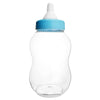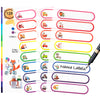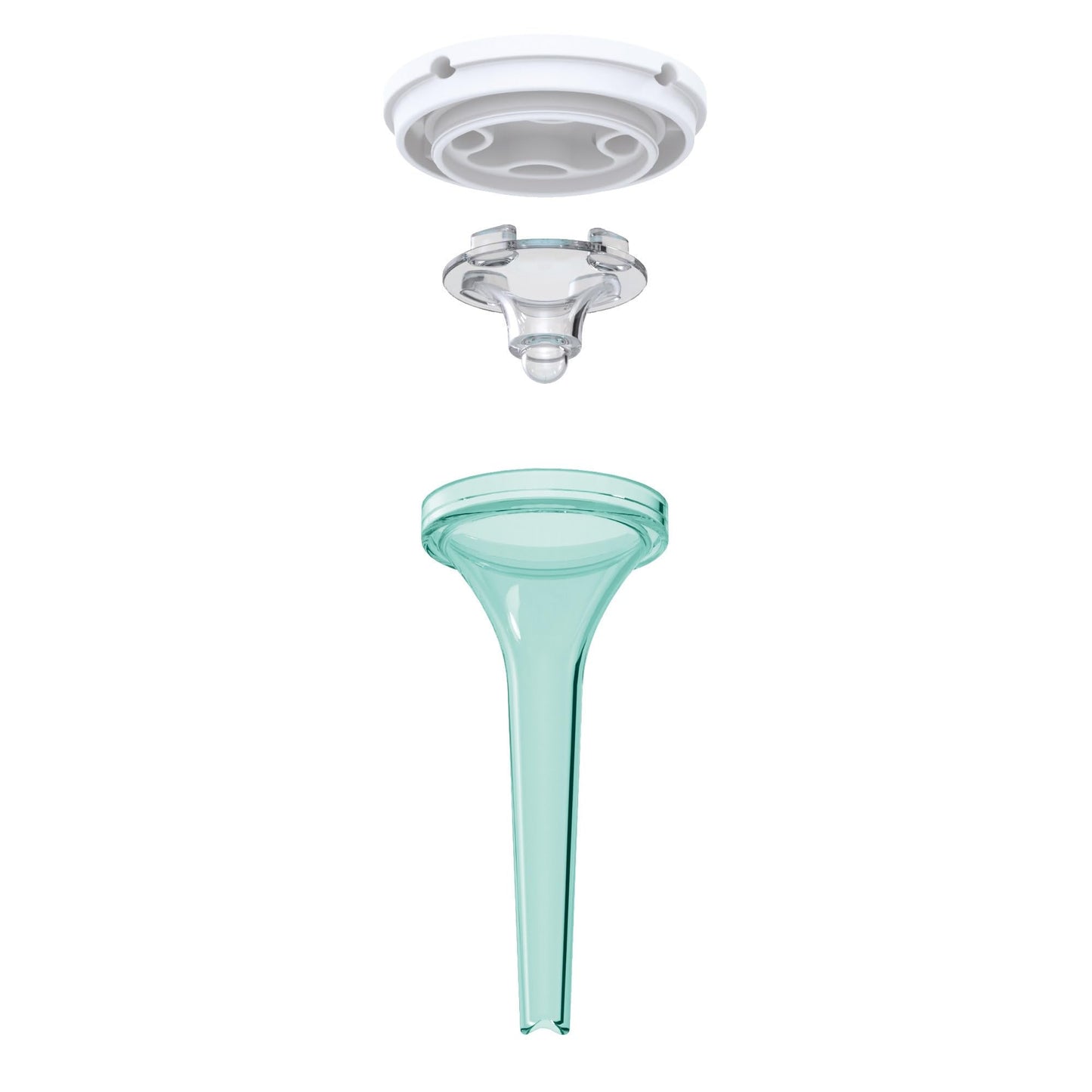You will not be allowed to compare more than 4 products at a time
View compareFrequently Asked Questions
- Q: What are the benefits of using Dr. Talbot's Silicone Anti-Colic Bottles? A: Dr. Talbot's Silicone Anti-Colic Bottles feature a venting system that helps reduce colic symptoms such as wind, reflux, and fussing during feedings, making feeding time more enjoyable for both parents and babies.
- Q: How does the self-sterilizing feature work? A: The self-sterilizing system uses only the bottle's components, water, and a microwave, allowing for easy and convenient sterilization after each use.
- Q: What is the design of the nipple, and how does it help with feeding? A: The Soft Flex Simple Latch Nipple is designed to mimic a mother's nipple, encouraging latch-on for newborns, while internal ridges prevent the nipple from collapsing during feeding.
- Q: Are these bottles safe for newborns? A: Yes, Dr. Talbot's Silicone Anti-Colic Bottles are developed and manufactured to exceed all government safety regulations and standards, ensuring they are safe for newborns.
- Q: How do I clean these bottles? A: The bottles can be easily cleaned as the venting system can be disassembled for thorough cleaning, and the self-sterilizing feature helps maintain hygiene.
- Q: What is included in the two-pack? A: The two-pack includes two eight-ounce bottles, ensuring that parents always have a clean bottle available at home or on the go.
- Q: What materials are used in these bottles? A: Dr. Talbot's Silicone Anti-Colic Bottles are made from silicone, which is safe and easy to clean, making them suitable for babies.
- Q: Can these bottles be used with formula and breast milk? A: Yes, these bottles are suitable for both formula and breast milk, accommodating the feeding needs of newborns.
- Q: What age group are these bottles suitable for? A: Dr. Talbot's Silicone Anti-Colic Bottles are designed for babies aged 0 months and older.
- Q: How do the bottles help reduce spit-up and gas? A: The venting system in the bottles allows air to flow to the base, which helps minimize spit-up and gas by reducing the amount of air swallowed during feeding.












